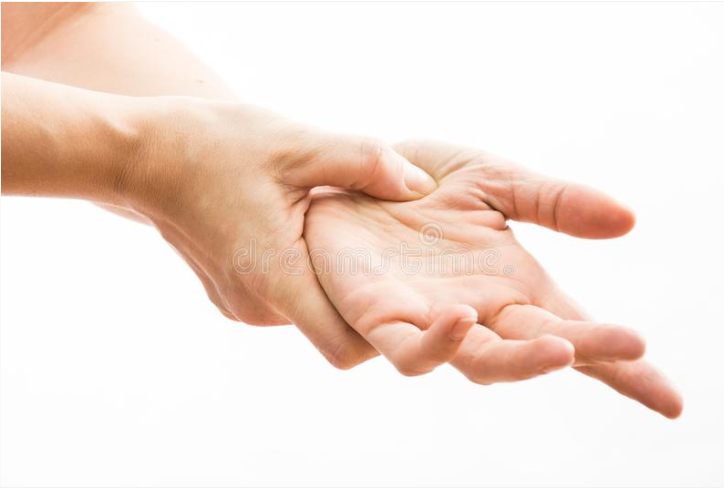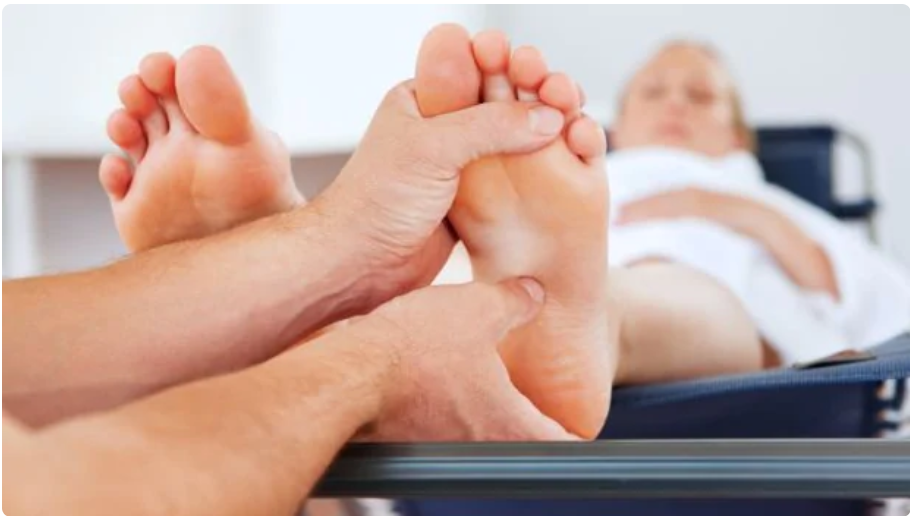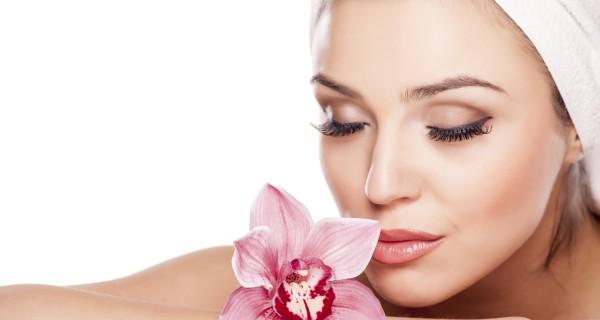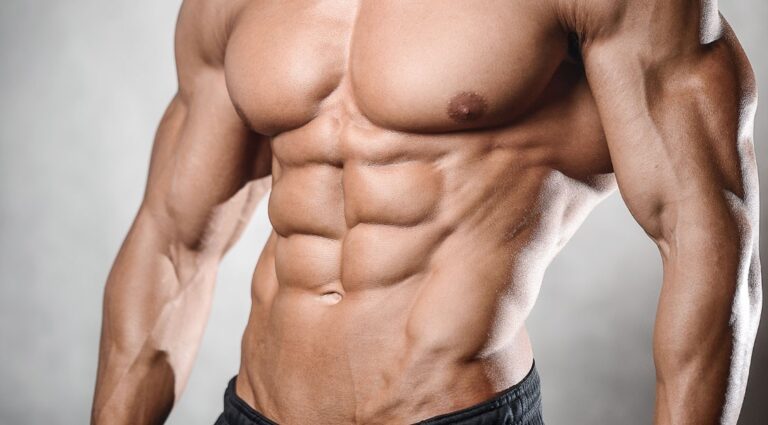Acupressure is a physical acupuncture technique that can help you get relief from stress, tension and more. It’s also known as “pointing” or “pressure point” acupuncture because it involves applying pressure against specific points on your body to treat illness or disease.
Acupressure is actually two related techniques: acupressure and qigong (Chinese medicine). Both are based on the belief that our body’s natural balance of pressure and pressure points has therapeutic benefits. However, they differ in how they apply for those benefits. Acupressure uses traditional acupuncture needles to apply pressure to specific acupoints on your skin.
The theory is that this increases blood flow to the area, which consequently relieves pain, tension or stress. Research shows that this works for a range of ailments – from headaches and arthritis to PMS and fibromyalgia – so it’s worth giving it a try if you’re looking for natural ways to reduce pain, anxiety and stress without over-the-counter medications or prescription drugs.
What is Acupressure?
Acupressure, also called pressure point or point pain therapy is a non-invasive medical therapy based on the theory that our bodies contain specific points of pressure that can be used to treat various ailments. This form of acupuncture, also called “pointing,” works on the same principle as acupressure and traditional acupuncture, but uses more advanced, “acupuncture” needles and a handheld “acupressure” device designed to apply pressure to specific points on the body.
How to Use Acupressure Points
The Acupressure points are located on your body where the stimuli (pressure) are the most common:
- Your acupressure points are located on the front, back, and sides of your body.
- Your primary acupressure point is located on the bottom of your feet. – Your secondary acupressure point is located on the heel.
- Your tertiary acupressure point is located on the outer part of your hand.
- Your quaternary acupressure point is located on the wrist.
Finding the Right Level of Pressure

Your first step in using Acupressure points is finding the right pressure level for the points you plan to target. This is done by measuring the pressure at which you feel the points on your body and then determining the pressure needed to activate the point.
You’ll need to find a timer that measures beats per second (BPS). The higher the number, the higher the pressure required to activate the point. This is important because the higher the pressure, the more effective the point will be at relieving your pain or other symptoms.
Does Acupressure Work?
Studies have shown that using acupuncture can be helpful in treating a range of ailments, including chronic pain and muscle spasms. However, the evidence behind the effectiveness of acupuncture for treating specific conditions is not good enough to recommend it as the first line of therapy.
For example, high-quality studies have shown that acupuncture can be helpful in treating pain related to back and neck spasms, muscle spasms, chronic headaches and fibromyalgia, among others. Studies have also found that acupuncture can be helpful for some types of depression, but not others.
Low-Pressure Points
Low-pressure points are easier to find with the handheld device because they’re located more closely to the skin. To find low-pressure points, place your hand on the opposite leg, and then press the pad of your finger against the leg. These pressure points are located on the femurs (thighs) and the tibias (upper and lower hips).
High-Pressure Points
For high-pressure points, use your hand to press against the back of your thighs or the part between your shoulder blades. To find high-pressure points, place your hand on your stomach, and then press your hand against your back.

Tips for Using Acupressure
- Try to find areas of your body that are free from clothing and produce the least stress.
- Position your hand so that the pressure is on the surface of your skin, not your surrounding muscles or organs.
- Hold your position for a few seconds, and then release. This helps to un-pressurize your body so that the points can work better.
- Don’t forget to plan ahead and take your medication when you’re supposed to. You don’t want to find out that you have a migraine and miss your medications.
- Don’t forget to eat a healthy diet that includes foods rich in potassium and magnesium to reduce the concentration of sodium in your body.
- Finally, don’t forget to take your vitamins and minerals to maintain a healthy body.
7 Benefits of Meditating: How to Reduce Stress and Anxiety in the Modern World
What Are the Benefits of Acupressure?

It’s been proven to reduce pain, muscle spasms and even inflammation.
- It can also reduce stress levels and improve sleep.
- It can improve your health by preventing infection, boosting the immune system and helping with pain and inflammation.
- It can also help with various health conditions such as: – Heart disease – High blood pressure – Fibromyalgia – Chronic pain – As we age, our bodies become less able to regulate themselves. Acupuncture can help with this.
- It can also help with various medical conditions such as – Diabetes – Arthritis – Depression – Sleep apnea – Colds Flu – Common cold relief
What Are the Different Types of Acupressure Points?
There are many types of acupuncture points, including traditional points as well as new tech points developed in acupressure therapy. You can use the same points for traditional and acupressure points, or you can use new points to target areas that you’ve never used before.
How to Use Acupressure Points to Reduce Pain, Anxiety and Stress

Traditional Acupressure Points – Acupressure points are located on the body’s meridians, which are pathways that conduct energy.
- The meridians are the routes through that energy moves in and out of the body.
- Some of the most common meridians in the body include the front, back, and sides of the body.
- Each meridian has associated points that are acupuncture points.
- Traditional acupuncture points can be used for a variety of purposes such as treating headaches, removing impurities from the body, regulating body pressure, improving blood flow and more.
- There are many variations of traditional points, so check out our article on the best types of acupuncture points to find the right combination of pressure and location for your needs.
- New Tech Points – New tech points are also called auricular points, and they’re especially useful for treating pain because they’re closer to the surface of the skin.
- Auricular points are located on the ears, particularly the cartilage on the eardrum.
- Some of the most common auricular points for pain relief are the following: – The middle ear – The upper jaw – The lower jaw – The back of the ear – The mastoid – The eardrum – There are many variations of new tech points, so check out our article on the best types of acupuncture points for your needs.
How to Use Acupressure points to treat anxiety
Place a hand on your stomach to check for stress.
- Look in the mirror to release any tension in your face.
- Next, place a hand on your back to release any tension in your back.
- Finally, place a hand on your leg to release any tension in your leg.
- Next, use your hands to create a “V” on the floor or table. This is to reduce stress and promote relaxation.
- Finally, place your hand on your chest to release any tension in your chest.
- Finally, use your hands to massage your hands and fingers to assist with circulation and reduction of muscle spasms.
- When all is said and done, place some gentle music on and relax. You’ll feel so much better!
What Are the Side Effects of Acupressure?
Like any form of massage or manipulation, certain side effects are possible when using acupressure points too aggressively. The most common side effects of acupressure include: – muscle cramps, – skin flushing, – increased heart rate, – dry mouth.
Conclusion
The best way to use acupressure points is to find the right pressure level for your body type, problem area and health concern. Then, just lie down and press against those points until you feel better.
Hope you like the article. For any kind of information follow me on Hinglishblog.




